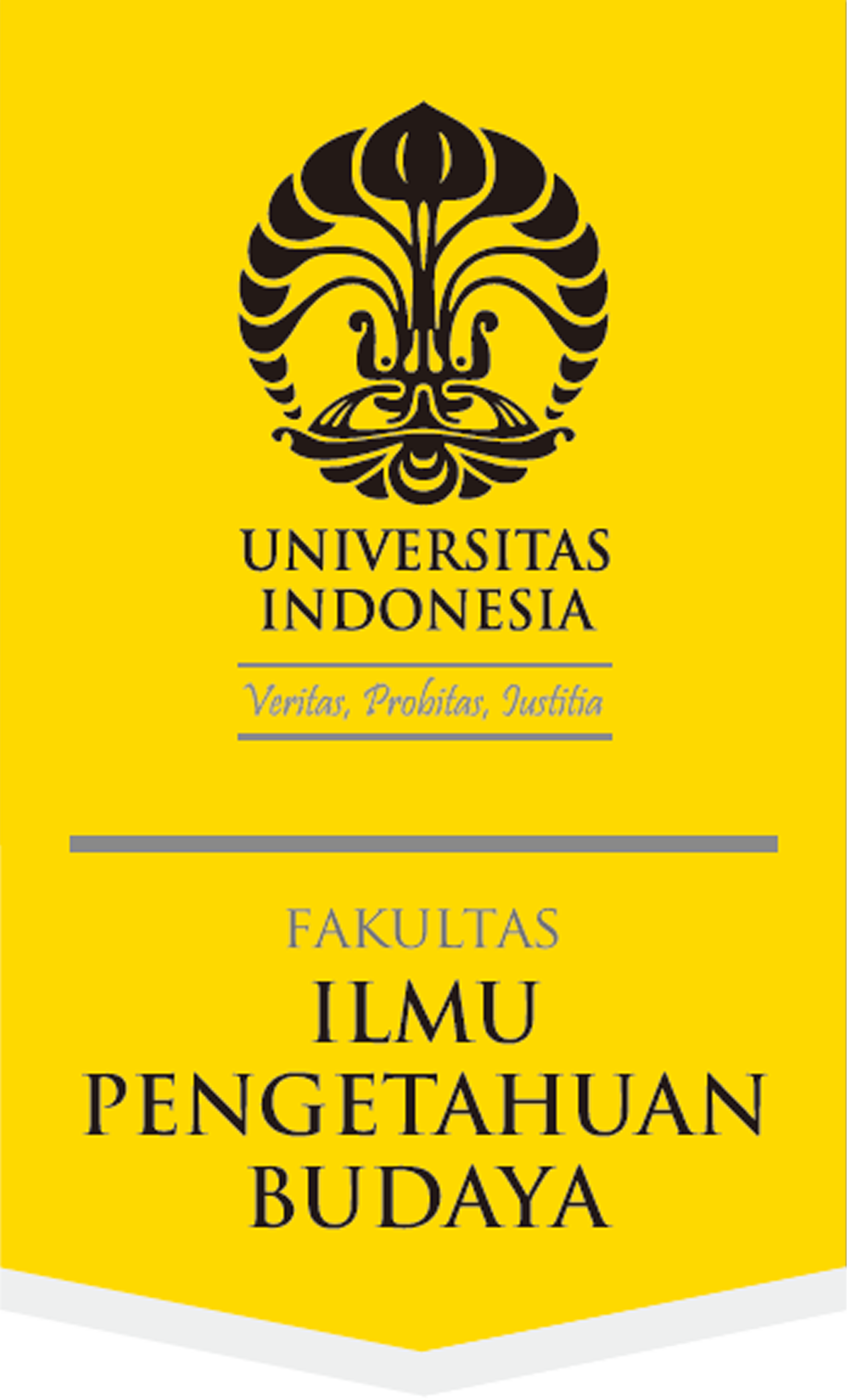Abstract
As a means of communicating thoughts, gamelan performances affect the way audiences construct their worldview. More than that, listeners in villages believe that performances can affect people's behaviour. Performances may be deeply influential in the creation of fundamental social values such as in-group integrity, feelings of unity and peace in the community. All this demonstrates that in villages, arts are not autonomous entities; people value the arts as an integral domain with other social activities.
References
Albrecht, Milton C. 1970. “Arts as an institution”, in: Milton C. Albrecht, James H. Barnett, and Mason Griff (eds), The sociology of art and literature; A reader, pp. 1-26. New York: Praeger.
Budd, Malcolm. 1995. Values of art; Pictures, poetry and music. New York: Penguin Book.
Marcuse, Herbert. 1968. Negations; Essays in critical theory. Translated by Jeremy J. Sapiro. London: Alien Lane.
Nattiez, Jean-Jacques. 1990. Music and discourse; Toward a semiology of music. Translated by Carolyn Abbatte. Princeton, New Jersey: Princeton University Press.
Santosa. 2001. Constructing images in Javanese gamelan performances: communicative aspects among musicians and audiences in village communities. PhD thesis, University of California Berkeley.
Santosa. 2008. “Menggagas komunikasi musikal dalam pertunjukan gamelan”, Jurnal Ilmu Komunikasi Vol. 5/1: 65-80.
Sutrisno, Mudji. 1998. “Ruang estetik, oasis aksi kritik seni”, in: Albert Camus et al., Seni, politik, pemberontakan, pp. v-xiv. Yogyakarta: Yayasan Bentang Budaya.
Recommended Citation
Santosa, Santosa
(2010)
"The effect of oral performances in audiences' minds and behaviour,"
Wacana, Journal of the Humanities of Indonesia: Vol. 12:
No.
1, Article 9.
DOI: 10.17510/wjhi.v12i1.80
Available at:
https://scholarhub.ui.ac.id/wacana/vol12/iss1/9









